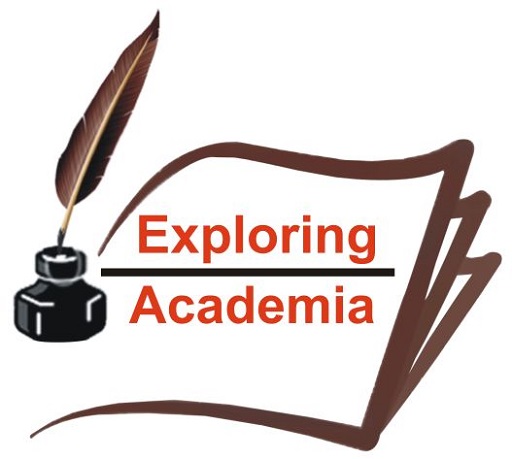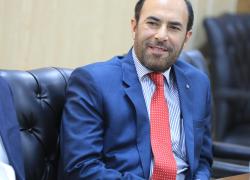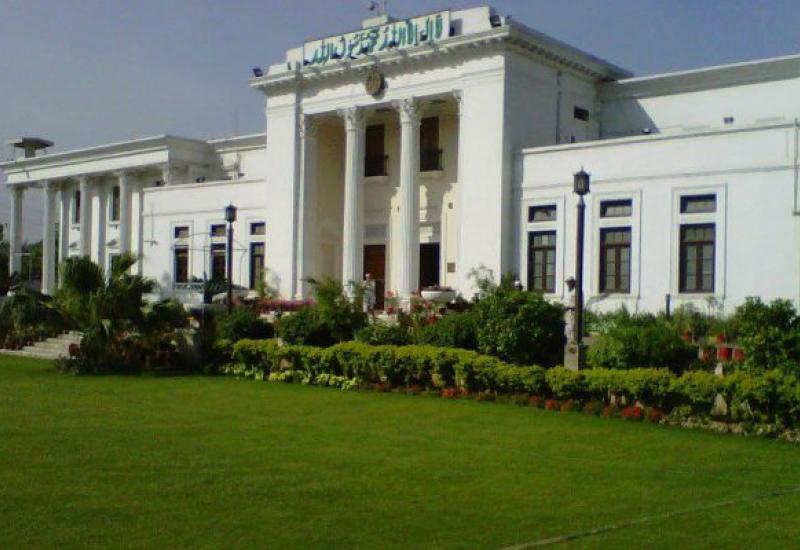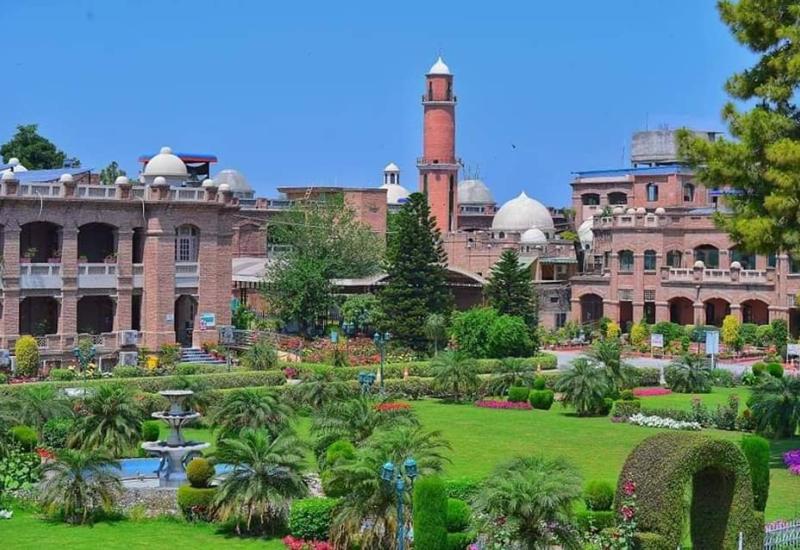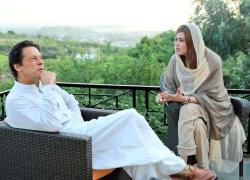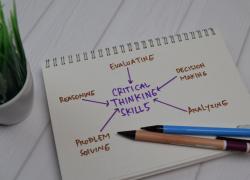Separating Facts from Fiction: The Role of Philanthropy in Higher Education
The other day, I read a message on a social media platform- Facebook, saying that a humble couple in US told the president of Harvard University that they wanted to dedicate a building to their dead son who had gone to and loved Harvard. The president turned them away, telling them that it would take a lot of money. They decided to start their own university instead — Stanford University. The text of the message (I translated from Urdu into English) is reproduced here:
A modest couple walked into the Harvard University president's office and asked the secretary that they wanted to meet the president. The secretary could tell in a moment that such backwoods, country hicks had no business at Harvard. "We want to see the president," the man said softly. "He'll be busy all day," the secretary snapped. "We’ll wait," the woman replied.
For hours, the secretary ignored them, hoping that the couple would become discouraged and go away. They didn't. The secretary finally decided to disturb the president. "Maybe if you see them for a few minutes, they'll leave," she told him. He sighed in exasperation and nodded. Someone of his importance obviously didn't have the time to spend with them.
The president, stern-faced with dignity, walked toward the couple. The woman told him, "We had a son who attended Harvard for one year. He loved Harvard. He was happy here. But about a year ago, he was accidentally killed. My husband and I would like to erect a memorial dedicated to him, somewhere on campus."
The president wasn't impressed; rather he was shocked. "Madam," he said harshly, "We can't put up a statue for every person who attended Harvard and died. If we did, this place would look like a cemetery." "Oh, no," the woman explained quickly. "We don't want to erect a statue. We thought we would like to give a building to Harvard." The president rolled his eyes. He glanced at the pair in their plain clothes, and exclaimed, "A building! Do you have any earthly idea how much a building costs? We have over seven and a half million dollars in the physical plant at Harvard."
For a moment, the woman was silent. The president was pleased. He could get rid of them now. The woman turned to her husband and said quietly, "Is that all it costs to start a university? Why don't we just start our own?" Her husband nodded. The president's face twisted in confusion and bewilderment. Mr. and Mrs. Leland Stanford got up and walked away, traveling to Palo Alto, California, where they established the university that bears their name: Stanford University, a memorial to a son that Harvard no longer cared about.
This message grabbed my attention. For two reasons. One, how opulently and extravagantly the philanthropists in developed countries contribute to the educational institutions in donations, we, people in the developing countries can’t even think of. Secondly, to check the genuineness of the message to verify; how much authentic is the story narrated above.
To this end, I consulted multiple resources. I also visited the official website of Stanford University. I found that the story narrated above is baseless, untrue and historically inaccurate.
The actual story is different. Leland and Jane Stanford founded Stanford University in memory of their only child, Leland Stanford Jr., who died of typhoid fever at the age of 15 and not accidentally killed. They did approach Harvard's president, Charles William Eliot, for advice on starting a new university, but there is no record of them being rudely turned away or dissuaded due to financial considerations. Instead, they were inspired to create an institution that would benefit young people in California.
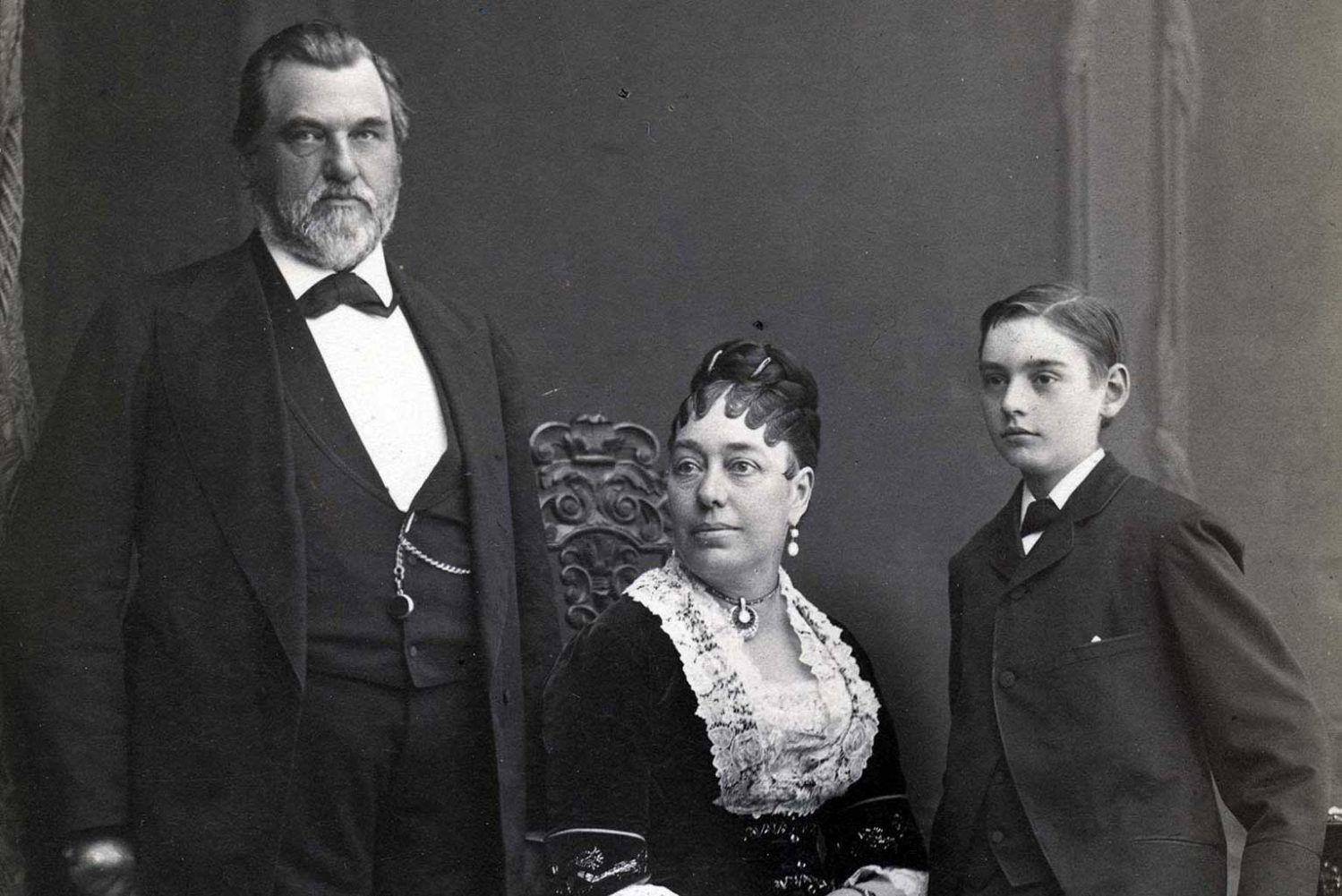
The story seems to have gained attention because it highlights themes of humility, rejection, and the creation of something great out of personal loss, making it a compelling narrative. Nonetheless, it is important to distinguish between fairytales and verified historical facts.
Let me summaries two key lessons, I have I learnt from this episode. In today's digital age, social media has become a primary source of information for many people. However, it's crucial to recognize that not everything we see online is true. This story illustrates a broader issue: the prevalence of misinformation on social media. People often share stories that resonate emotionally without verifying their accuracy. This can lead to the spread of false information, shaping public perception based on myths rather than facts. As responsible consumers of information, it is essential to fact-check and critically evaluate the content we encounter online.
Two, philanthropists in the developing countries particularly religious societies like Pakistan should come forward and contribute to educational institutions by providing donations to the these institutions. In many religious societies, there is a rich tradition of charitable giving, known as sadaqah and zakat. These practices can be powerful tools for advancing education.
Education is a cornerstone of development, but in countries like Pakistan, educational institutions often struggle with inadequate funding. Philanthropic contributions can play a vital role in addressing this gap. By donating to educational institutions, individuals and communities can help provide better facilities, scholarships for deserving students, and resources for teachers. This, in turn, can enhance the quality of education and open up opportunities for future generations.
In a country where religious and cultural values emphasize the importance of charity, it is crucial to channel these values towards supporting education. By doing so, we can foster a culture of learning and intellectual growth, empowering individuals to contribute positively to society.
The intersection of these two themes—critical thinking in the digital age and the importance of supporting education—highlights a path forward. Educating people about the need to verify information can foster a more informed and discerning society. Simultaneously, encouraging philanthropic support for educational institutions can provide the resources necessary for this education to flourish. By doing so, we can create a more enlightened and empowered society, capable of addressing the challenges of today and tomorrow.
